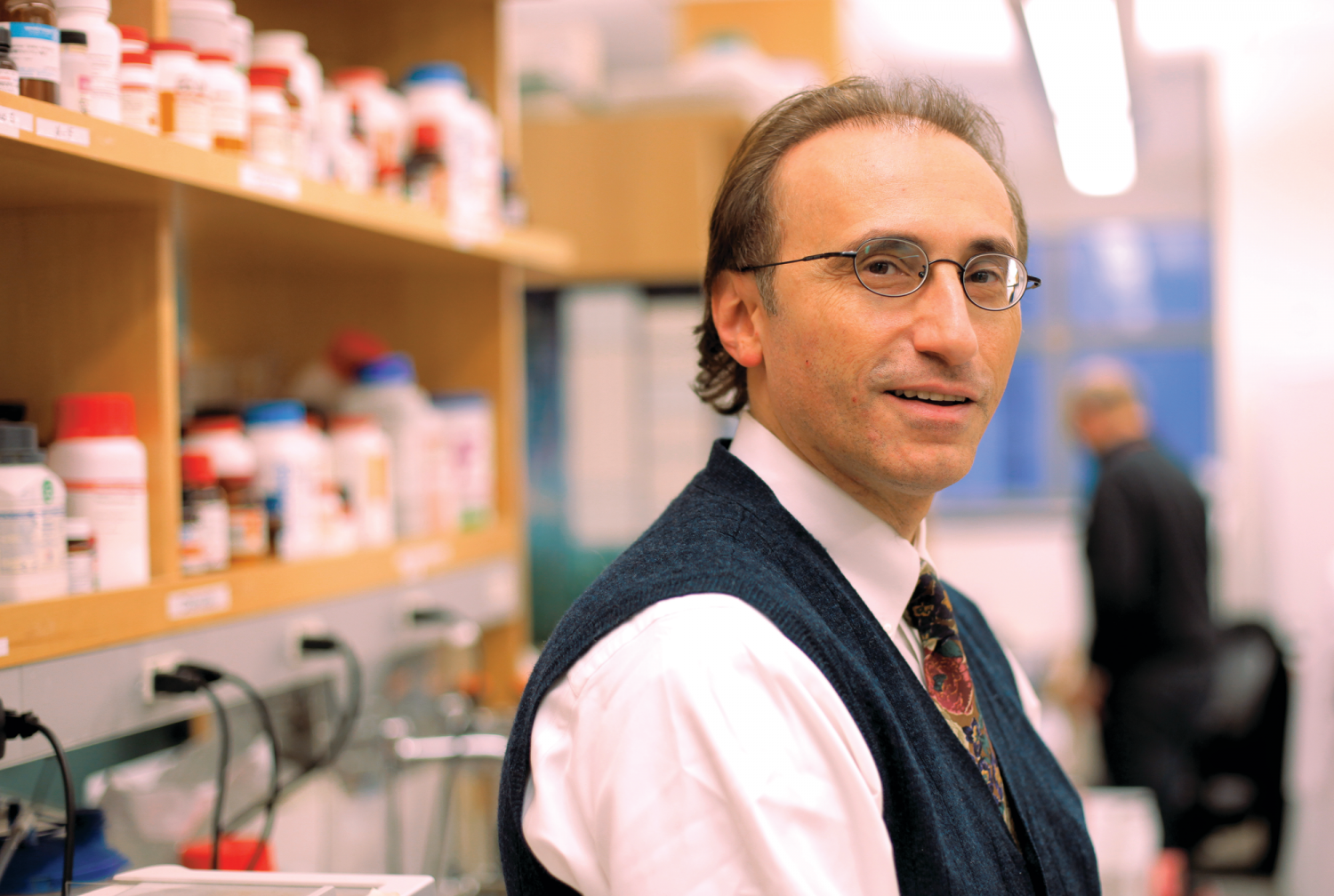Blood vessels are not just inert pipes that ferry blood through the body — they play a critical role in driving regeneration in both diseased organs and injured bone marrow, say researchers from the Ansary Stem Cell Institute at Weill Cornell Medical College. At the same time, the researchers report that unexpectedly, blood vessels could also stimulate healing through a healthy form of scarring. The discovery, made in two studies, raises the prospect that the endothelial cells that comprise blood vessels may be tapped to heal damaged tissues without forming unhealthy scar tissue.
In the studies, the latest of which was published Nov. 20 in Nature, the researchers show that endothelial cells can switch on beneficial, "context-specific" growth factors to either stimulate regeneration or trigger excessive scarring when blood vessels are irritated by chronic injury and are in need of repair. In doing so, they reveal specific previously unappreciated pathways that blood vessels use to guide the liver to regenerate without scarring. In the Sept. 12 issue of Cell Reports, the scientists show that endothelial cells in the bone marrow can switch on bone marrow regeneration and production of new blood cells.
"The common theme of these studies is that blood vessel cells are not just passive conduits to deliver blood and oxygen. On the contrary, they are far more actively involved in organ regeneration and repair than was previously thought," says the study's senior investigator, Dr. Shahin Rafii, the Arthur B. Belfer Professor of Genetic Medicine and co-director of the Ansary Stem Cell Institute and Tri-Institutional Stem Cell Initiative. "Endothelial cells are capable of orchestrating both growth of normal tissue and formation of scar that is necessary for preventing blood loss and facilitating tissue repair. As such, they can be used as therapy by activating switches and healing processes they already control."
"We are now only starting to appreciate how versatile blood vessels really are, and how they can contribute to health — and to disease," he says.
The Nature study shows how switching the balance of CXCR4 and CXCR7 — two different receptor proteins on the surface of endothelial cells — will dictate whether a liver will scar after an injury or will regenerate without scarring. Activating CXCR7 in endothelial cells will promote regeneration; too much CXCR4 will lead to irreversible scarring. The finding could eventually be used to help patients with cirrhosis of the liver, failing organs due to viral infection or drug and alcohol-caused toxicity, and a variety of other traumatic or chemical-induced diseases of the liver, says the study's lead author, Dr. Bi-Sen Ding, assistant professor of genetic medicine in the Ansary Stem Cell Institute.
"Scarring is a huge medical problem, but until this study, no one realized that blood vessel cells were able to contribute to scarring — the majority of people focused on fibroblasts, cells that produce matrix proteins that make up a scar," Dr. Ding says. "Now, we have uncovered the maladaptive behavior of endothelial cells when they are persistently irritated."
The researchers tested a compound that activates the pro-regenerative CXCR7 pathway, which enhances the repair of injured liver without causing scar formation and fibrosis. They say that it may be possible to use such a chemical to promote therapeutic regeneration and minimize unwanted scarring, or that endothelial cells could potentially be altered to express an optimal level of CXCR7. "We could then inject these beneficial endothelial cells into a damaged organ to maximize regeneration," Dr. Rafii says.
The Ansary Stem Cell Institute is already developing organ-specific endothelial cells that can be manipulated to provide clinical therapy. Significant federal and state funding supports these goals; these two studies were funded by multiple grants from the National institutes of Health, the Howard Hughes Medical Institute, the New York State Department of Health and the Empire State Stem Cell Board.
In the Cell Reports study, led by Dr. Jason Butler, an assistant professor of genetic medicine in the Ansary Stem Cell Institute, researchers found that endothelial cells in bone marrow produce a growth factor called Jagged-1 that promotes fast recovery of blood cells. Right now, patients who lose blood cells because of damage to their bone marrow from chemotherapy may be treated with bone marrow transplants. "But if we can transplant endothelial cells that express Jagged-1 into the marrow, we can promote regeneration of blood cells," Dr. Butler said.
Dr. Butler and his team are also developing strategies to manipulate angiocrine growth factors manufactured by endothelial cells in the hope of treating blood disorders. Activating various growth factors in the endothelial cells will help add to blood-cell recovery after chemotherapy, which could decrease the illness and death associated with the use of these lifesaving treatments.
"Blood vessels are everywhere in the body — they touch all our specialized cells within organs— and the notion of delivering pinpointed therapy, exactly where it is needed, by manipulating a set of blood vessels is very compelling," Dr. Rafii says. "Since blood vessels are one of the most accessible systems in the human body, these studies bolster the transformative notion that regenerating organs without scarring may be possible one day."

